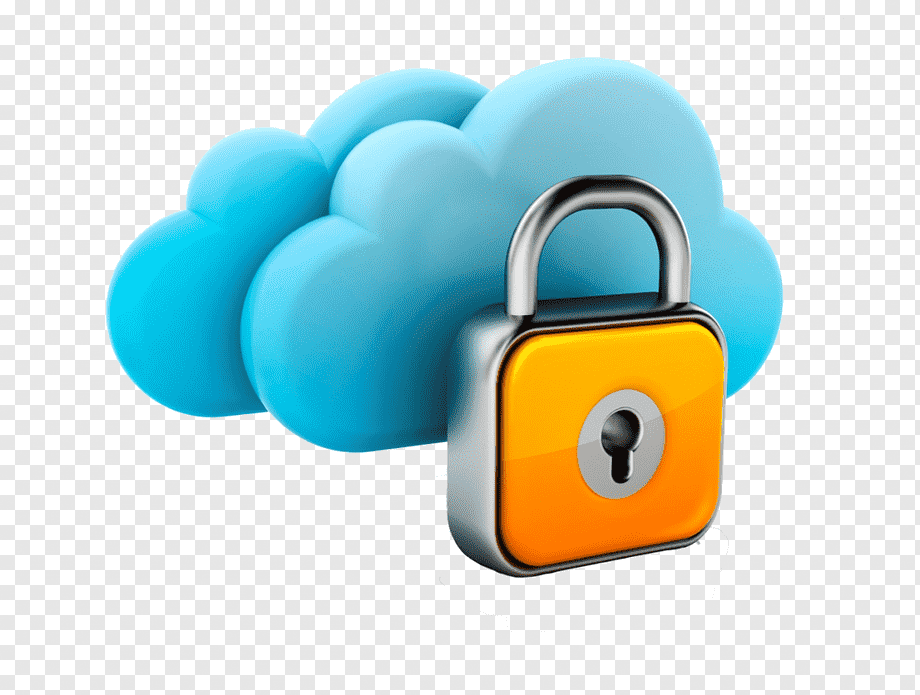Our Services
Network Security
Network Security is a critical aspect of any organization’s cybersecurity strategy, focusing on protecting the integrity, confidentiality, and availability of data as it is transmitted across and accessed within the network. At Alegate, we offer comprehensive network security solutions designed to safeguard your organization from a wide range of cyber threats.
Our Network Security Services Include:
Firewall Protection: Implementing advanced firewalls to create a barrier between your internal network and external threats, filtering incoming and outgoing traffic based on predefined security rules.
Intrusion Detection and Prevention Systems (IDPS): Monitoring network traffic for suspicious activities and potential threats, providing real-time alerts and automated responses to prevent unauthorized access.
Virtual Private Networks (VPNs): Establishing secure, encrypted connections for remote access to your network, ensuring data transmitted over public or unsecured networks remains protected.
Network Segmentation: Dividing your network into segments to contain potential breaches and limit the spread of malicious activities, enhancing overall security and performance.
Security Information and Event Management (SIEM): Collecting and analyzing security data from various network sources to identify and respond to threats more effectively.
Regular Security Audits and Penetration Testing: Conducting thorough assessments and simulated attacks to identify vulnerabilities and ensure that your network security measures are up to date.
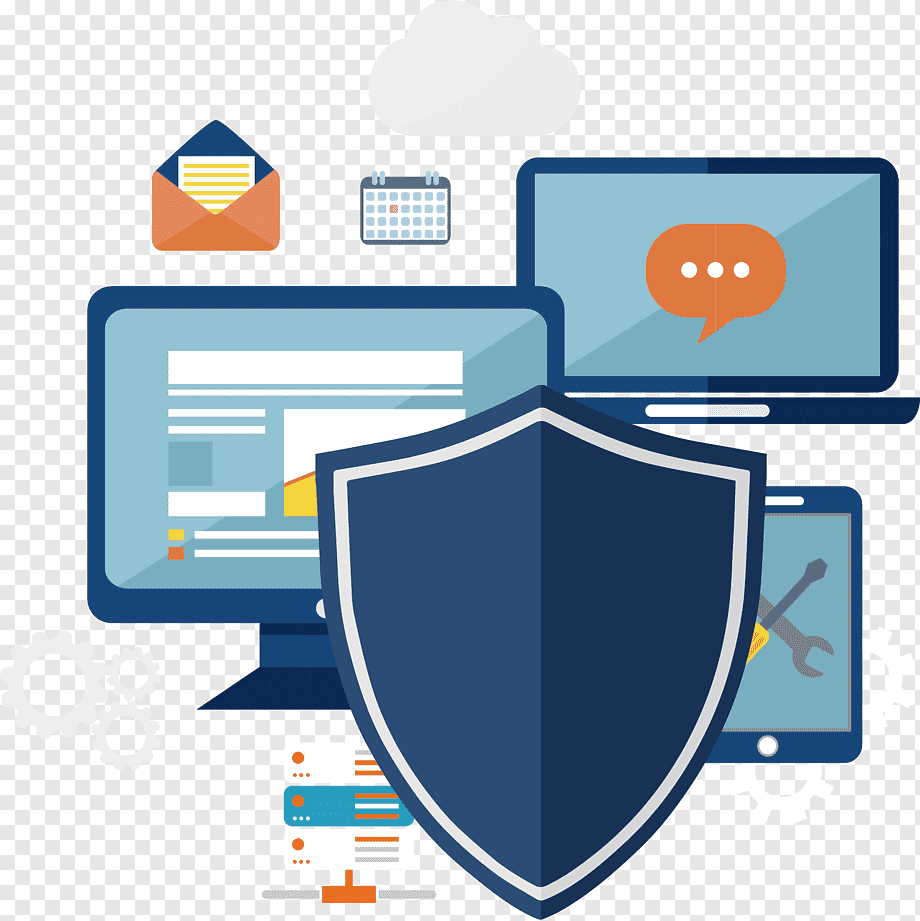
Endpoint Security
Endpoint Security focuses on protecting individual devices—such as computers, smartphones, and tablets—that connect to your network. At Alegate, we understand that each endpoint represents a potential entry point for cyber threats, and we offer comprehensive solutions to safeguard these critical devices from attacks and vulnerabilities.
Our Endpoint Security Services Include:
Antivirus and Anti-Malware Protection: Deploying advanced software to detect, block, and remove malicious programs that can compromise device security and data integrity.
Endpoint Detection and Response (EDR): Implementing sophisticated tools that monitor, detect, and respond to suspicious activities on endpoints, providing real-time threat intelligence and automated responses to mitigate risks.
Data Encryption: Ensuring that sensitive information stored on endpoints is encrypted, making it inaccessible to unauthorized users and protecting it from data breaches.
Patch Management: Regularly updating and patching software and operating systems on endpoints to close security vulnerabilities and protect against known threats.
Device Control: Managing and restricting access to peripheral devices (such as USB drives) to prevent unauthorized data transfers and potential malware infections.
Mobile Device Management (MDM): Implementing solutions to manage and secure mobile devices, including remote wipe capabilities and compliance enforcement for mobile users.
User Training and Awareness: Educating users about best practices for endpoint security, including recognizing phishing attempts and avoiding unsafe online behavior.
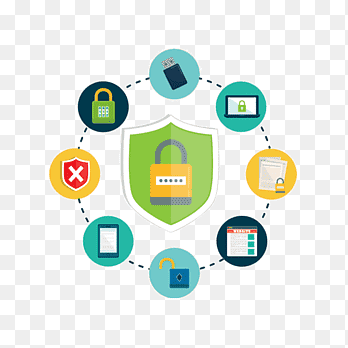
Identity and Access Management (IAM)
Identity and Access Management (IAM) is a critical component of a robust cybersecurity strategy, focused on ensuring that only authorized individuals have access to your organization’s resources and data. At Alegate, we provide comprehensive IAM solutions to manage user identities, control access, and protect sensitive information from unauthorized access.
Our IAM Services Include:
User Authentication: Implementing secure methods for verifying user identities, such as multi-factor authentication (MFA), biometrics, and single sign-on (SSO), to ensure that only legitimate users can access your systems.
Access Control: Defining and enforcing policies that determine which users have access to specific resources and data. This includes role-based access control (RBAC) and attribute-based access control (ABAC) to tailor permissions based on job roles and attributes.
Identity Governance: Managing and monitoring user identities and their access privileges throughout their lifecycle. This includes onboarding, role changes, and offboarding processes to ensure appropriate access levels and compliance with organizational policies.
Privileged Access Management (PAM): Securing and monitoring access for users with elevated privileges, such as administrators, to prevent misuse and unauthorized access to critical systems and data.
Directory Services: Implementing and managing centralized directories, such as Active Directory (AD) or LDAP, to store and manage user identity information and access credentials.
Audit and Compliance: Conducting regular audits and generating reports to ensure that access controls are enforced correctly and that your organization complies with regulatory requirements and industry standards.
Identity Protection: Employing advanced techniques to protect against identity theft and fraud, including anomaly detection and real-time monitoring for suspicious activities.
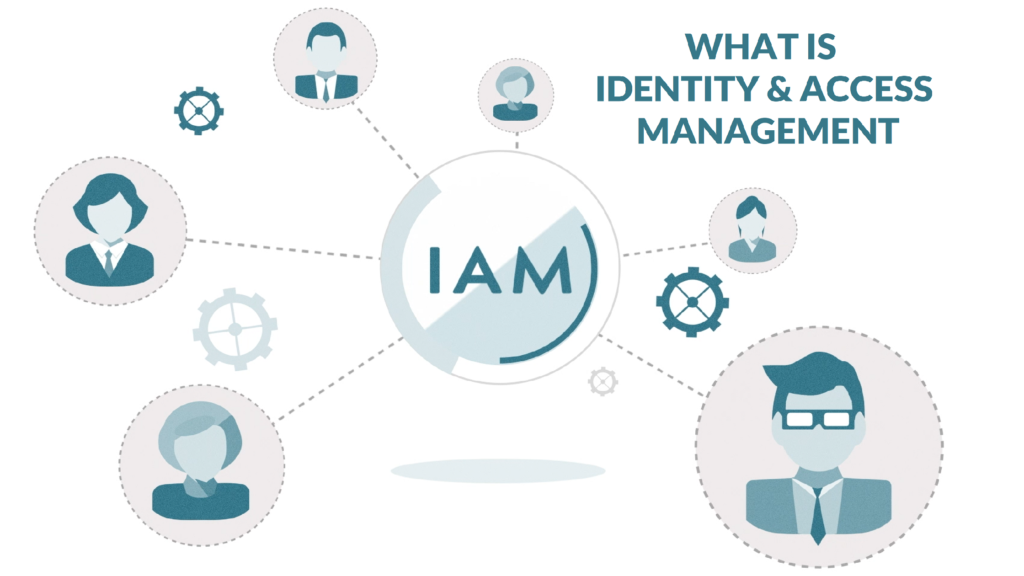
Security Information and Event Management (SIEM)
Security Information and Event Management (SIEM) is a comprehensive approach to managing and analyzing security data across an organization. At Alegate, we provide advanced SIEM solutions designed to enhance your ability to detect, respond to, and mitigate potential security threats.
Our SIEM Services Include:
Data Aggregation: Collecting and centralizing security data from various sources, including network devices, servers, applications, and endpoints, to provide a unified view of your security environment.
Real-Time Monitoring: Continuously monitoring security events and activities to identify suspicious behavior, potential threats, and security incidents as they occur.
Log Management: Storing and managing log data from different systems and applications, ensuring that logs are securely archived and readily available for analysis and compliance purposes.
Threat Detection: Using advanced analytics and correlation techniques to detect anomalies and potential threats within your security data, such as unusual network traffic or unauthorized access attempts.
Incident Response: Providing tools and processes for responding to security incidents, including automated alerts, forensic analysis, and incident management workflows to effectively contain and resolve threats.
Compliance Reporting: Generating detailed reports and dashboards to demonstrate compliance with industry regulations and standards, such as GDPR, HIPAA, and PCI-DSS.
Forensic Analysis: Conducting in-depth investigations of security incidents to understand the root cause, impact, and scope of breaches, helping to improve future security measures and response strategies.
Integration with Other Security Tools: Ensuring seamless integration with other security solutions, such as firewalls, intrusion detection systems, and antivirus software, to enhance overall security posture.
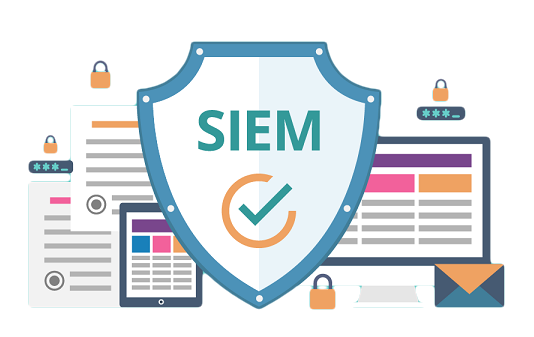
Cloud Security
Cloud Security involves protecting data, applications, and services hosted in the cloud through various policies, technologies, and controls. It ensures the confidentiality, integrity, and availability of cloud resources, addressing risks associated with data breaches, unauthorized access, and other security threats.
1. Types of Cloud Models
- Public Cloud: Services offered over the public internet and shared across multiple organizations (e.g., AWS, Azure, Google Cloud).
- Private Cloud: Services maintained on a private network and used exclusively by a single organization.
- Hybrid Cloud: A combination of public and private clouds, allowing data and applications to be shared between them.
2. Core Security Areas
- Data Protection: Ensuring that data is encrypted both at rest (when stored) and in transit (when being transmitted). Backup and recovery processes are also critical.
- Identity and Access Management (IAM): Managing who can access cloud resources and what they can do. This includes authentication (verifying who you are) and authorization (what you can access).
- Network Security: Protecting the data as it travels across networks using firewalls, intrusion detection systems (IDS), and virtual private networks (VPNs).
- Compliance: Ensuring that cloud services meet regulatory requirements (e.g., GDPR, HIPAA) and industry standards.
3. Threats and Vulnerabilities
- Data Breaches: Unauthorized access to sensitive data.
- Insider Threats: Risks posed by employees or contractors.
- Misconfiguration: Errors in setting up cloud services that expose vulnerabilities.
- DDoS Attacks: Distributed denial-of-service attacks that overwhelm cloud resources.
4. Best Practices
- Encryption: Always use strong encryption methods for data in transit and at rest.
- Regular Audits: Perform regular security assessments and audits to identify vulnerabilities.
- Access Controls: Implement least privilege principles and regularly review access rights.
- Patch Management: Keep systems and applications up-to-date with the latest security patches.
- Incident Response: Have a well-defined plan for responding to security incidents.
5. Tools and Technologies
- Cloud Security Posture Management (CSPM): Tools to help monitor and manage cloud security configurations and compliance.
- Cloud Access Security Brokers (CASBs): Provide visibility into cloud app usage and enforce security policies.
- Security Information and Event Management (SIEM): Collects and analyzes security data from cloud environments.
6. Shared Responsibility Model
- Cloud Provider Responsibilities: Includes the security of the cloud infrastructure (hardware, software, networking).
- Customer Responsibilities: Focuses on the security of data, applications, and access controls within the cloud.
7. Emerging Trends
- Zero Trust Architecture: A security model that requires verification for every request, regardless of where it originates.
- AI and Machine Learning: Enhancing threat detection and response capabilities.
- Automated Security: Using automation for monitoring and responding to threats in real time.
